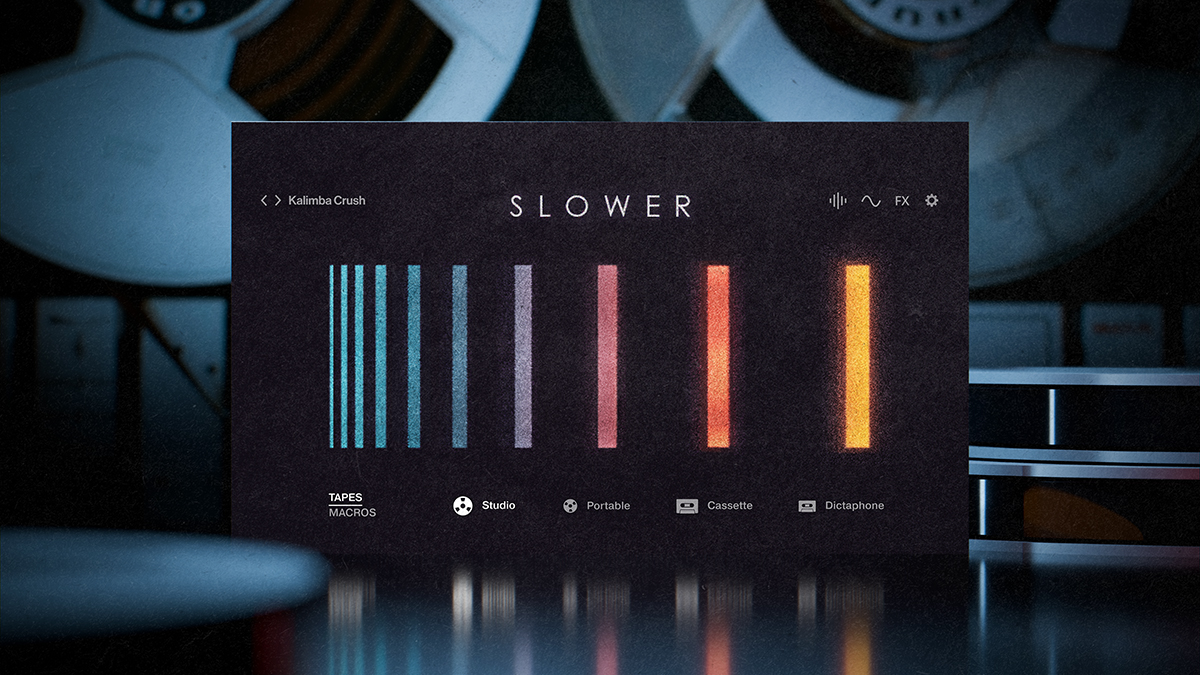How to build a layered '90s-style rave breakbeat
Learn how to make a a rave beat by stacking up multiple drum loops
The frenetic breakbeats, bouncing basses, warped vocals and distinctive piano stabs of early rave and breakbeat hardcore records provided the soundtrack for many growing up in the early '90s.
The style evolved from the Chicago acid and Detroit techno scenes that crossed the pond to UK and European shores in the late '80s, and was a sound sculpted by a new generation of producers who didn't need advanced music theory skills and access to pro studios to make music. For the first time, any wannabe producer could gather a budget home studio setup and sequence speaker-shaking tunes geared towards the raves of the day.
In this tutorial, we'll show you how to put together an authentic rave breakbeat using the long-established technique of layering multiple drum loops.
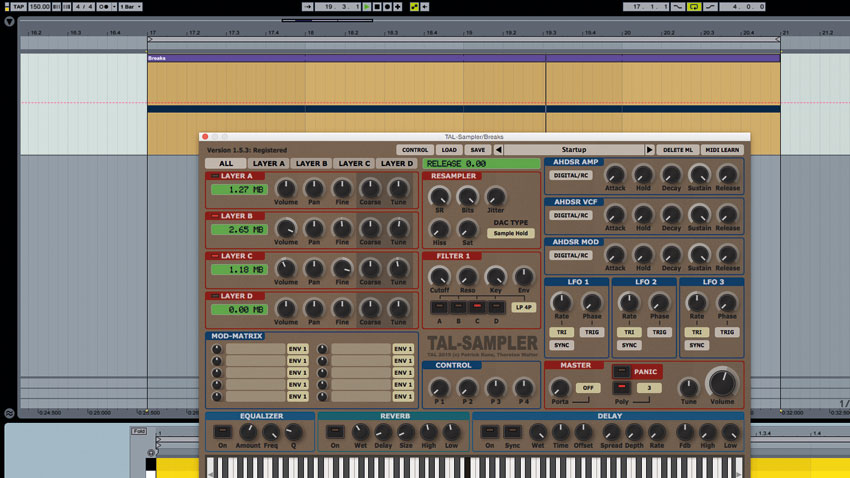
Step 1: Start with a couple of breakbeat loops that are approximately 120bpm in speed. Set your DAW's tempo to 150bpm, then load the two breaks onto separate channels in a sampler. We've added a bitcrusher on the master channel for an added dose of darkness and grit.
Break A
Break B
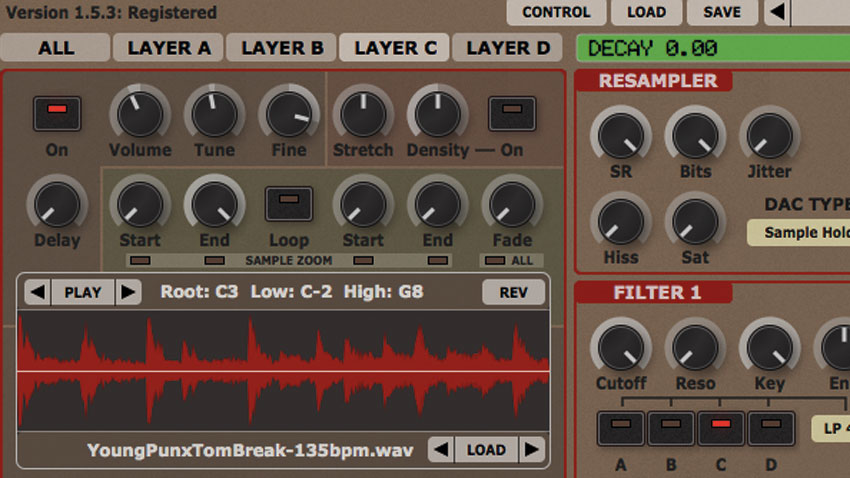
Step 2: Turn on your DAW's metronome, then create a bar-long C3 note within a new MIDI region on the sampler channel. Mute the second break, then alter the break's Transpose and Fine Tune parameters until it's roughly in time with the click. Repeat the process with the second break.
Layered breaks
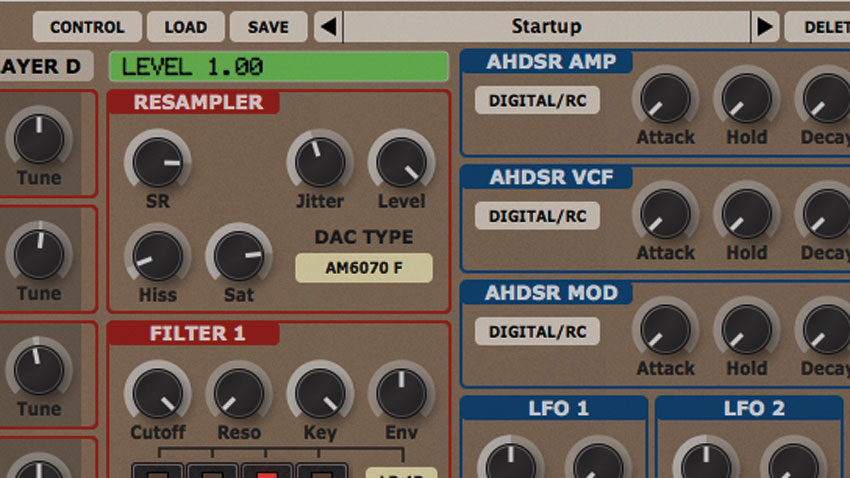
Step 3: Next, emulate the crustiness, glue and grit of a hardware sampler with processing. Bitcrushing, saturation and heavy compression work well, but we'll use TAL-Sampler's DAC Resampling features here for added authenticity. We've also applied the sampler's onboard EQ to roughly brighten the layered breaks.
Break with DAC FX and EQ
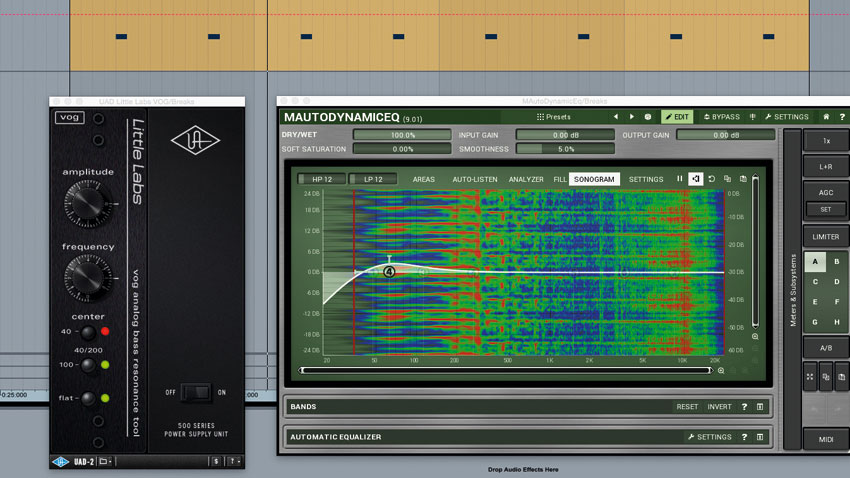
Step 4: You may need to apply modern techniques to gently customise and enhance things. The bass region in our layered loop is lacking, so we've used a bass boost and dynamic EQ combo to help the kick poke out a little more. Another snare layer adds snap.
Get the MusicRadar Newsletter
Want all the hottest music and gear news, reviews, deals, features and more, direct to your inbox? Sign up here.
Break with bass boost and snare layer
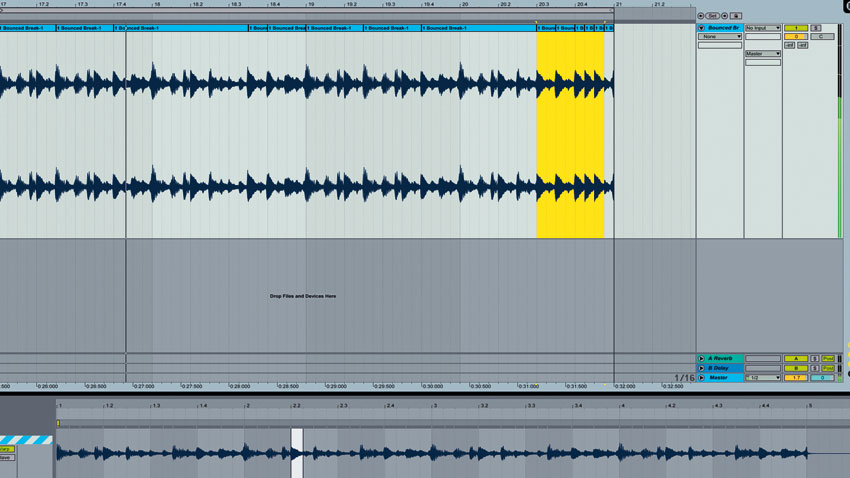
Step 5: Bounce the break down to audio once you're happy with it. From here, you can either rearrange sections as audio on your DAW's arrange page or load several copies in a new sampler and trigger them from different points to create stutters, chops, fills and edits.
Bounced, chopped break
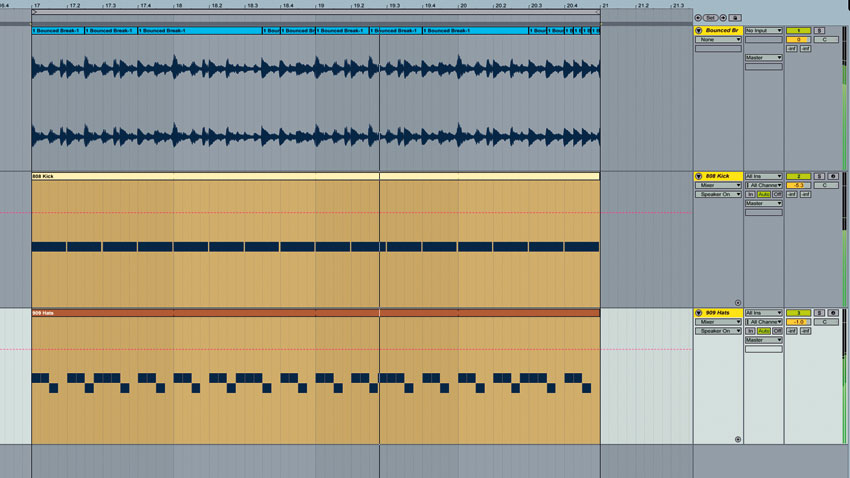
Step 6: Many early rave tracks featured drum machine sounds layered alongside break samples. For sub weight, we've added a TR-808 kick playing 4/4 notes, while a dash of TR-909 hi-hat add extra percussive interest.
Breaks with drum machine layers
Layered break with stretched vocal
Future Music is the number one magazine for today's producers. Packed with technique and technology we'll help you make great new music. All-access artist interviews, in-depth gear reviews, essential production tutorials and much more. Every marvellous monthly edition features reliable reviews of the latest and greatest hardware and software technology and techniques, unparalleled advice, in-depth interviews, sensational free samples and so much more to improve the experience and outcome of your music-making.

“We were able to fire up a bass sound that was indistinguishable from the flavour of New Order’s Blue Monday in seconds”: EastWest Sounds Iconic review

Softube’s latest plugins are a pair of must-have vocal effects – and right now you can grab them as a bargain introductory bundle

